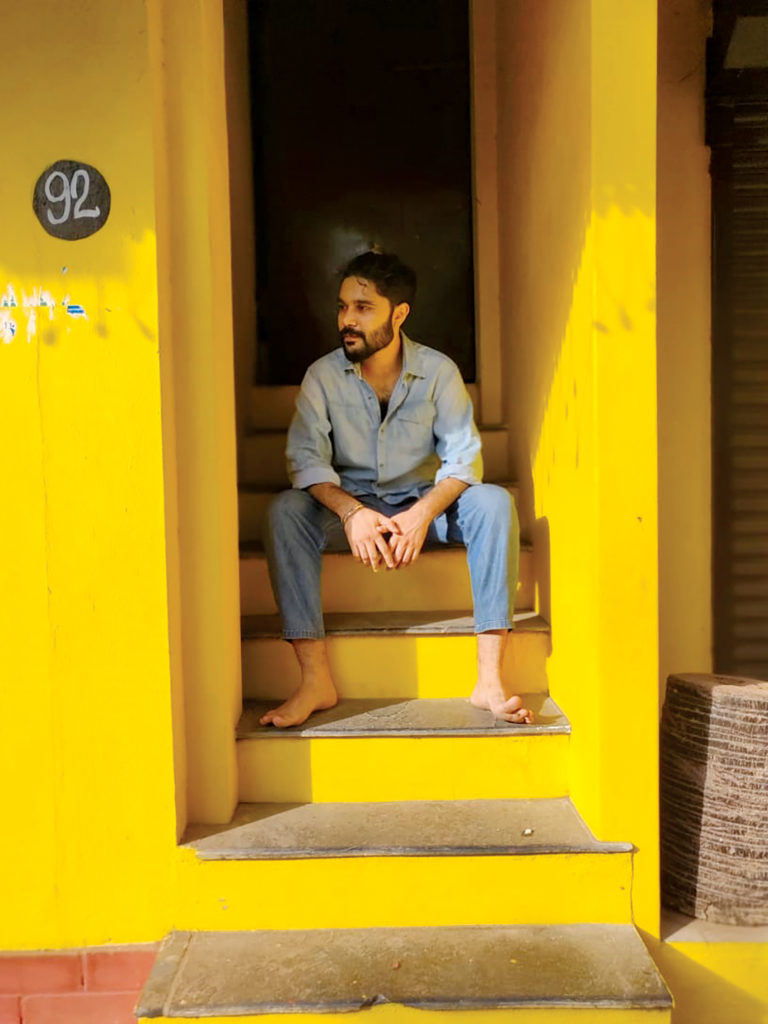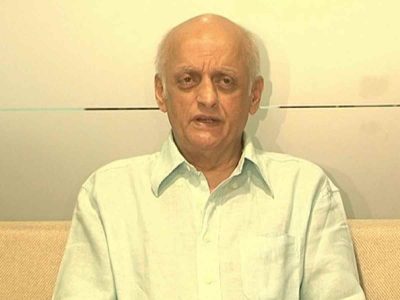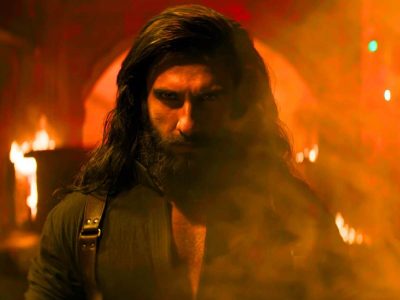The dismissive attitude to film posters in this digital age has had its day, and their revival as an art form is on the cards
Capturing the theme and mood of a film in a single frame is not an easy task. Though film posters are often seen as mere publicity tools, they are much more than that. They are a reflection of the prevailing socio-economic situation, the art and culture, the level of technological achievement of a society and more. Above all, they immortalise a film and a memorable poster lives on for ages.
It was with the 1923 film Vatsala Haran, directed by Baburao Krishnarao Mestry, that India was introduced to film posters. The filmmaker himself, who is popularly known as Baburao Painter, designed the poster. Legendary filmmaker Satyajit Ray is also known for his ground-breaking handmade posters.
Till the 1980s, handmade posters prevailed. Initially, posters were the mainstay for a film promotion. It was the age when social media and publicity tours by actors were not in vogue. Thus, larger-than-life film posters in Bollywood were much in demand. Even today, posters of films like Sholay (1975) and Mother India (1957) are remembered.
With the changing times, film posters adapted and evolved. In the present age of digital poster-making, a time came when little or almost no thought was given to posters. But in recent times, the poster launch has gained importance as a big event in Bollywood, infusing life into this art form again.

Jahan Bakshi likes to call himself a ‘geek’ when it comes to film posters. He has been associated with films – be it as a marketer, a social media manager, an assistant director or an art director. His love for films and designing made him take keen interest in film posters.
Writing columns on and curating film posters of both India and abroad on his Instagram page – @posterphilia — Bakshi aims to evolve the niche art of poster-making in India. In a conversation with Patriot, he gives us an insight into the world of Bollywood film posters and beyond.
Tell us about your Instagram page Posterphilia. What was your idea behind creating it?
I have always been a geek when it comes to movie posters. I follow a lot of international poster art. So, this idea of creating a blog or page where I can curate posters was always there on my mind. Then I started the Instagram page and in its own little way it took off.
And I thought it’s a niche to fill, as nobody pays much attention or writes about posters in India. Also, a part of it came from the frustration about a general mediocrity and lack of attention or understanding of certain aspects of Bollywood posters. There was also a need to introduce international artists to the Indian audience.
A film’s poster needs to appeal to the masses and also engage its audience. So, how difficult is to strike a balance between an art house and a commercial film poster?
The kind of film dictates the kind of poster it must have. In a commercial poster, there are certain things which have to be there — like you can’t let go of a face. But that can also be artistic. Like posters of Lagaan and Mother India – they were commercial movies but had good posters.
So, I don’t necessarily see it as a balance. I actually have greater appreciation for a commercial poster than an arthouse one because in the latter the amount of risks you can take is way more. The limitations that one has in a commercial one are not there. But to work with those limitations – for instance, you need to have a certain appeal to work within the studio system, or it cannot be too muted, subtle or abstract. Despite this, making it memorable is a great achievement.
You’ve said in an article that the general quality of posters in India reveals ignorance or apathy towards this art form. Why do you believe so? Do you think there is scope for a change anytime soon?
I have actually found a lot of interesting work from other parts of India, like South India. But I would say that largely there is a general lack of finesse in Bollywood posters, especially the commercial ones. Marketing people in films here, unlike abroad, have more of a business background.
So, there is lesser appreciation of a film poster as an art. Largely, we had a long trend of bad photoshopped posters and lack of attention to detail and proportion. There is a chalta hai (let this go) kind of attitude. Basically, it’s not as polished as it should be. Then plagiarism also exists.
Generally, Bollywood poster designs are lacklustre. Also, I don’t feel anyone here follows the international trends in poster-making. We are like a decade behind from where people are right now, like in terms of the fonts we use – there’s a certain datedness. Also, they have the same five poster agencies that do all the work. So, there is a lack of new blood coming in.
In today’s publicity driven film world, how crucial are posters when it comes to playing a role in promotion?
There has been an evolution in the way it is used or adapted. We still have hoardings, banners and displays in various places. But a large part of it is consumed in the digital medium. Thus, the way they are being moulded to different mediums are changing.
Where do you think Bollywood or India as a whole stands, when it comes to its film posters as compared to other countries?
What disappoints me most in Bollywood film posters is that, unlike those of Japanese or Korean, there is no distinct aesthetic in them. Even if you see the Japanese poster of an Indian film, then you’ll recognise that it is a Japanese version. They have a typical style.
That is what Bollywood lacks. Their posters have become more like a cheap Hollywood clone. But again, there is innovation in posters of South Indian films. They have very elaborate title designs. Thus, I feel every country should have its uniqueness in the way they approach posters, while keeping some basics in check. So that people abroad say that they are looking forward to our posters.
What are the key factors that contribute to the making of an ideal film poster?
A great idea, as well as its execution, is all that matters. Sometimes the idea is good, but the execution is not that polished. So, the idea might be interesting, but the tonality might not be good. Many poster design agencies have no copy writers, which is necessary to provide a good tagline. So, there should be an overall attention to every minute detail.
A poster can either be concept heavy or just be an atmospheric or a mood piece. But above all, it needs to be striking. One must stop and notice it — that’s what makes a good poster.
Top Picks
Bakshi picks some of his all-time favorite posters. Among them, a psychedelic poter of Bobby (left)(1973) stands as his all-time favorite. Other being that of the classic Bollywood hits (from top)Mother India (1957) and Guide (1965); and recent ones of Court (2014)and Dhobi Ghat (2010)
Bakshi picks some of his all-time favorite posters. Among them, a psychedelic poter of Bobby (left)(1973) stands as his all-time favorite. Other being that of the classic Bollywood hits (from top)Mother India (1957) and Guide (1965); and recent ones of Court (2014)and Dhobi Ghat (2010)





